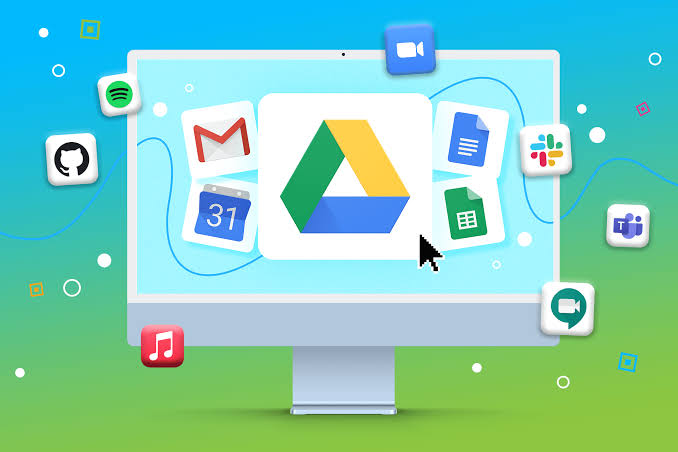Remote work has become a standard practice for businesses and professionals across the world. What was once considered a temporary solution has now evolved into a sustainable way of working, offering flexibility, improved work-life balance, and access to global talent. However, working remotely comes with challenges such as communication barriers, collaboration issues, and productivity concerns. To overcome these challenges, professionals need the right set of tools that make remote work efficient and seamless. By leveraging the right technology, individuals and teams can stay connected, organized, and productive regardless of physical location.
Reliable Communication Platforms
Clear communication is the foundation of remote work success. Since face-to-face interactions are limited, teams rely heavily on digital communication tools to share information, provide updates, and maintain connections.
Messaging apps such as Slack, Microsoft Teams, and Google Chat make quick communication easier while offering features like group channels, file sharing, and integrations with other tools. For meetings, video conferencing platforms such as Zoom and Google Meet allow teams to connect in real time, ensuring discussions feel more personal and engaging. These tools replicate the office experience by bringing teams together virtually, reducing feelings of isolation and ensuring smooth collaboration.
Project Management Tools
One of the main challenges of remote work is tracking tasks and deadlines without physical supervision. Project management tools solve this problem by allowing teams to organize work, assign tasks, and monitor progress in one place.
Platforms such as Trello, Asana, and Monday.com are widely used for visual project tracking, where tasks can be moved across stages until completion. More advanced tools like Jira are tailored for software development teams, offering detailed tracking and reporting features. With these platforms, managers can see what everyone is working on, while team members have clarity on their responsibilities.
Cloud Storage and File Sharing
Remote work requires constant access to documents and files from anywhere in the world. Cloud storage services ensure that files are stored securely online and can be accessed and shared at any time.
Google Drive, Dropbox, and OneDrive are popular solutions that offer real-time collaboration on documents, spreadsheets, and presentations. These tools eliminate the problem of version confusion since multiple people can edit a document simultaneously. Strong cloud storage systems also include built-in security measures like encryption and two-factor authentication, ensuring sensitive information remains protected.
Collaboration Suites
Beyond file sharing, collaboration suites provide integrated environments where communication, project management, and document editing happen in one place. Google Workspace and Microsoft 365 are prime examples, offering email, shared calendars, document creation, and team collaboration under a single platform.
These suites help remote teams streamline their workflow without switching between multiple tools. They also allow businesses to maintain centralized control over data, making management and security much easier.
Time and Productivity Management Tools
Remote work provides flexibility, but it can also blur the boundaries between personal and professional life. Time-tracking and productivity tools help employees manage their schedules, stay focused, and avoid burnout.
Tools like Toggl and Clockify allow individuals to track time spent on tasks, providing insights into productivity patterns. Focus apps such as RescueTime or Forest help reduce distractions by monitoring app usage or encouraging concentrated work sessions. These tools not only boost productivity but also promote healthier work habits, ensuring remote workers can balance efficiency with well-being.
Cybersecurity and VPN Services
With remote work, sensitive company information is often accessed from different networks, which increases the risk of cyberattacks. Cybersecurity tools are essential to protect both employees and organizations from threats such as malware, phishing, and data breaches.
Virtual Private Networks (VPNs) like NordVPN or ExpressVPN secure internet connections by encrypting data, especially when employees work on public Wi-Fi. Firewalls, antivirus software, and password managers add additional layers of protection. Businesses should also encourage the use of multi-factor authentication to ensure accounts remain secure even if passwords are compromised.
Virtual Collaboration Whiteboards
Brainstorming sessions and creative discussions can be challenging in remote settings without physical whiteboards or meeting rooms. Virtual whiteboard tools bridge this gap by allowing teams to collaborate visually in real time.
Platforms such as Miro and MURAL provide interactive canvases where users can sketch ideas, create diagrams, and organize thoughts collectively. These tools are especially useful for design teams, educators, and businesses that rely heavily on visual collaboration. They bring the creativity of in-person workshops into the remote environment.
Employee Engagement and Wellness Tools
Working remotely can sometimes lead to isolation and decreased motivation. Employee engagement and wellness tools help maintain team spirit and promote well-being. Platforms such as Donut and Officevibe provide opportunities for casual interactions, surveys, and feedback, fostering a sense of belonging among remote workers.
Wellness apps like Headspace or Calm can also be integrated into workplace initiatives, encouraging employees to take breaks and manage stress. By prioritizing employee well-being, organizations create healthier and more motivated remote teams.
Automation and Workflow Tools
Automation plays a vital role in improving efficiency in remote work. Repetitive tasks such as scheduling, sending reminders, or transferring data between apps can waste valuable time. Workflow automation tools simplify these processes and ensure smoother operations.
Zapier and IFTTT are popular automation tools that connect different apps, allowing data to flow seamlessly between them. For example, an email attachment can automatically be saved to cloud storage, or new leads from a website can be added directly to a CRM system. By automating repetitive work, employees can focus more on creative and strategic tasks.
Conclusion
Remote work is here to stay, and success depends largely on adopting the right tools that make digital collaboration seamless, secure, and productive. From communication and project management platforms to cybersecurity systems and wellness apps, each tool plays a role in supporting remote workers.
The most successful remote teams are those that integrate a mix of these tools to cover communication, collaboration, productivity, and security. By investing in the right technologies, individuals and organizations can create an environment where remote work is not only efficient but also sustainable in the long term.



